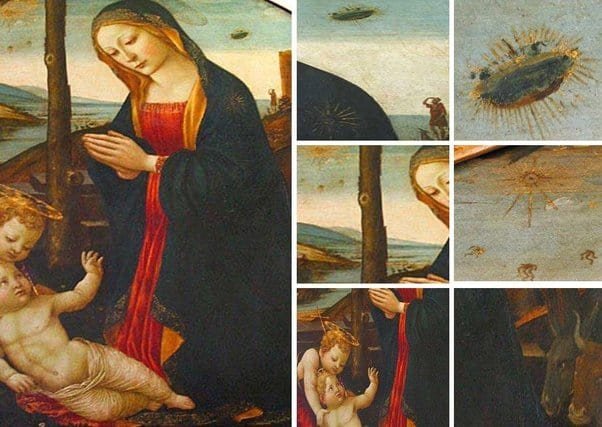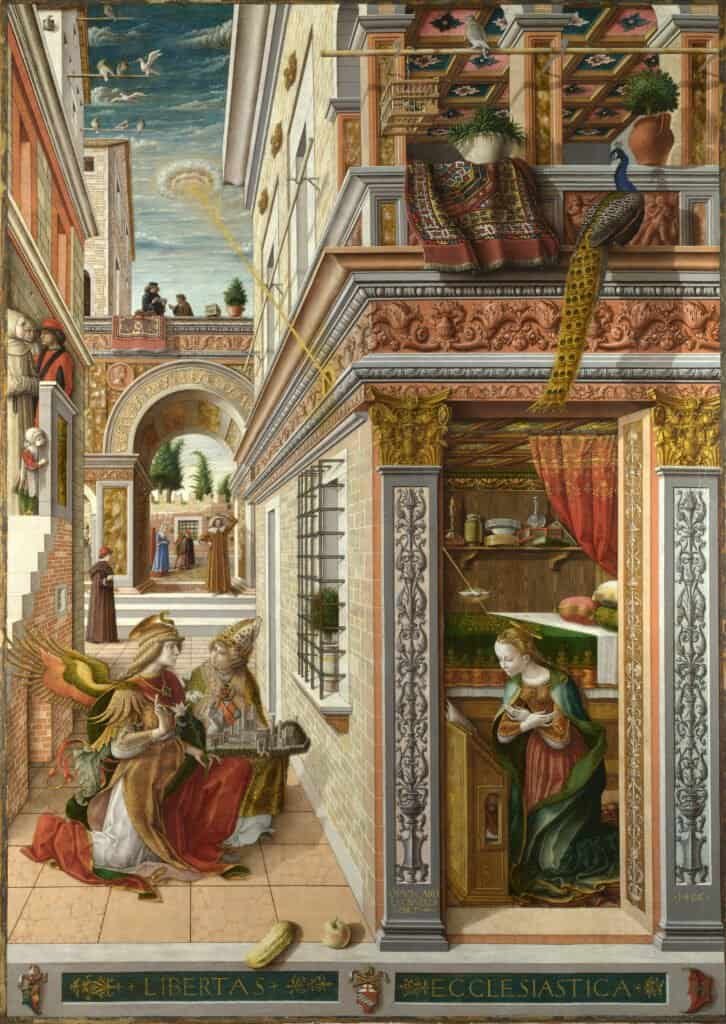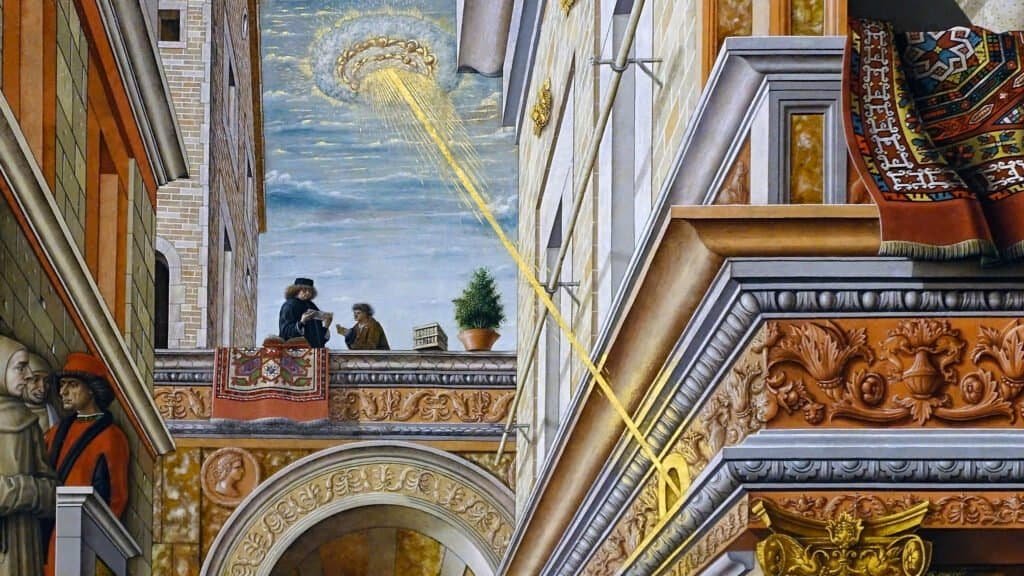Tom Blank, an inquisitive researcher from Weird History, decided to embark on a fascinating journey through classical paintings, unraveling the mysteries behind the peculiar presence of unidentified flying objects (UFOs) within these timeless masterpieces.
As he delved into the world of art, Tom couldn’t help but wonder about the intentions of these renowned artists and the enigmatic subjects they chose to depict. Intriguingly, the inclusion of UFOs in classical paintings raises numerous thought-provoking questions.
Tom mused over the possibility that these UFOs might not necessarily represent extraterrestrial beings. As he delved deeper into his investigation, he discovered that the diverse interpretations of these otherworldly objects were as vast and boundless as the universe itself.
Tom’s mind spun with the vast expanse of the cosmos, which holds an astonishing two trillion galaxies apart from our own. With such an inconceivable number of galaxies, each with its own potential for life, the existence of extraterrestrial beings appears to be an alluring possibility.
However, within the realms of art, the truth lies shrouded in ambiguity. Navigating the labyrinth of artistic symbolism, Tom came across a remarkable collection of classical paintings that might – or might not – conceal UFOs or aliens within their brushstrokes.
Each artwork whispered tales of intrigue, inviting the viewer to explore their hidden depths and seek answers to the eternal question of whether we are truly alone in the universe.
One of the paintings that caught Tom’s discerning eye was “The Madonna with Saint Giovannino” by Domenico Ghirlandaio. The serene image portrays the Virgin Mary holding baby Jesus, while in the background, an ethereal figure gazes up at a mysterious object floating in the sky. The object strikingly resembles a modern-day UFO, complete with a glowing halo. Could this be an early depiction of a close encounter of the divine kind?




Another captivating painting that left Tom pondering was “The Annunciation” by Carlo Crivelli. This exquisite masterpiece depicts the Angel Gabriel visiting the Virgin Mary to deliver the news of her impending divine pregnancy. However, amidst the celestial ambiance, an unusual object hangs in the sky, resembling a radiant orb or, dare we say, an alien spacecraft? The artist’s intentions remain shrouded in secrecy, leaving room for endless speculation.


Moving further along his artistic odyssey, Tom stumbled upon “The Baptism of Christ” by Aert De Gelder. In this profound portrayal of the biblical event, a brilliant light descends from the heavens, illuminating Jesus as John the Baptist pours water over his head. If one were to look closely, this celestial light bears an uncanny resemblance to a classic UFO, its radiant glow captivating the imagination and igniting theories of extraterrestrial involvement in divine proceedings.

As Tom explored these captivating artworks, he realized that the inclusion of UFOs or aliens within classical paintings transcended mere artistic expression. It beckoned us to question the vastness of the universe, the existence of life beyond our planet, and the intricate relationship between humans and the divine.
In conclusion, the classical paintings that Tom Blank discovered not only fuel the eternal debate surrounding aliens and UFOs but also offer a unique glimpse into the human fascination with the unknown. These enigmatic artworks continue to captivate the imagination, inviting us to ponder our place in the vast cosmic tapestry and the possibility of encountering beings from distant galaxies.
The interpretations may remain elusive, but the allure of these paintings lies in their ability to ignite curiosity and inspire us to gaze at the stars with wonder and awe.





